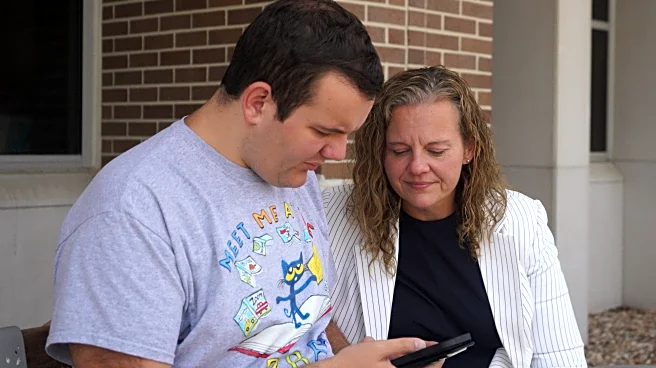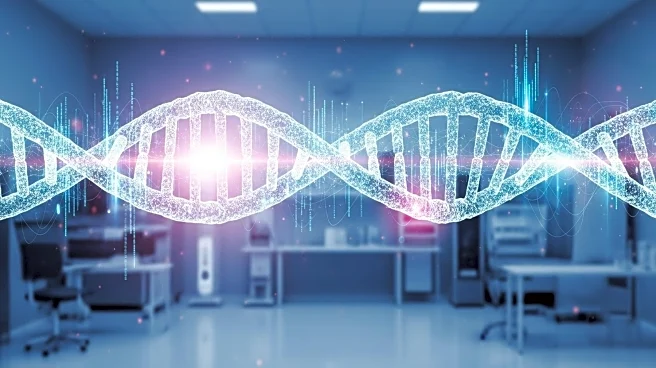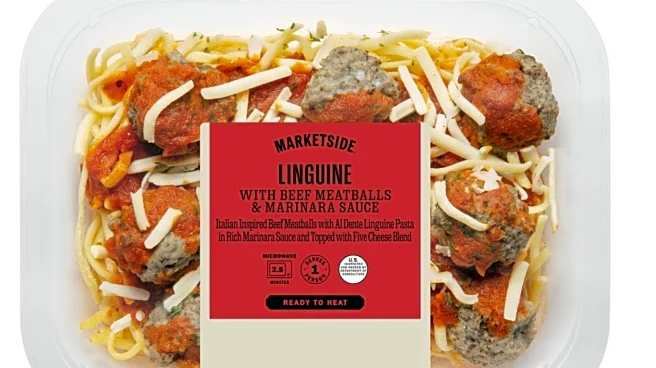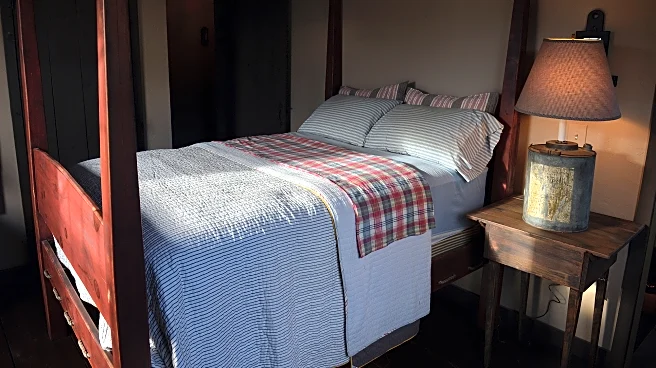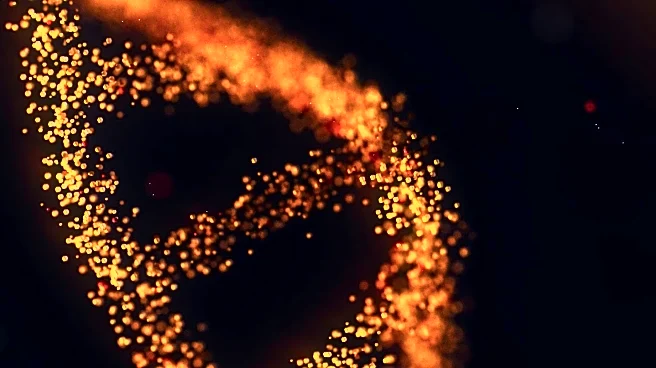What's Happening?
Researchers at the Howard Hughes Medical Institute have discovered how changes in lysosomes in C. elegans can promote longevity and be transferred across generations. The study, led by Meng Wang, PhD, reveals that histone modifications in lysosomes are transported to reproductive cells, modifying the worm's epigenome and allowing these changes to be inherited without altering DNA. This mechanism provides insight into transgenerational effects, such as how parental malnutrition or environmental stress adaptations can be passed to offspring.
Why It's Important?
This discovery is significant as it offers a deeper understanding of epigenetic inheritance, which could have implications for human health and aging research. By understanding how longevity markers are transferred across generations, scientists can explore potential applications in extending human lifespan and improving health outcomes. Additionally, this research may lead to advancements in understanding how environmental factors influence genetic inheritance, potentially impacting fields like nutrition and stress management.
What's Next?
Future research may focus on applying these findings to other organisms, including humans, to explore potential interventions for promoting longevity. Scientists might investigate how similar epigenetic mechanisms can be harnessed to improve health and lifespan in humans, potentially leading to new therapies or lifestyle recommendations. Further studies could also explore the broader implications of epigenetic inheritance in various environmental and biological contexts.
Beyond the Headlines
The study highlights the complexity of genetic inheritance and the role of epigenetics in shaping biological outcomes. It challenges traditional views of inheritance being solely DNA-based, opening new avenues for research into non-genetic factors influencing health and development. This could lead to ethical discussions on genetic modification and the potential for manipulating epigenetic markers to enhance human traits.



